Creating an optimal learning environment for toddlers is a delicate art. It involves understanding their unique needs and setting up a space that promotes exploration, learning, and safety. In this guide, we’ll explore the key aspects of designing a toddler classroom that nurtures young minds.
Setting up a toddler classroom involves several critical considerations. It should be a space that encourages curiosity, independence, and engagement. Toddler classrooms should feature child-friendly furniture, age-appropriate materials, and a layout that supports free movement.
What Makes a Toddler Classroom Unique?
Toddlers are at a crucial stage in their development, where they are exploring the world around them and developing their motor, cognitive, and social skills. A well-designed toddler classroom should provide a safe and nurturing environment that supports their growth and encourages their natural curiosity.
What is the ideal layout for a toddler classroom?
When it comes to the layout of a toddler classroom, it’s essential to prioritize safety and accessibility. The furniture should be arranged in a way that allows for easy movement and exploration. A combination of small tables and chairs, soft seating areas, and open spaces for play should be incorporated. Creating different activity zones can help children navigate the space and engage in various learning experiences.
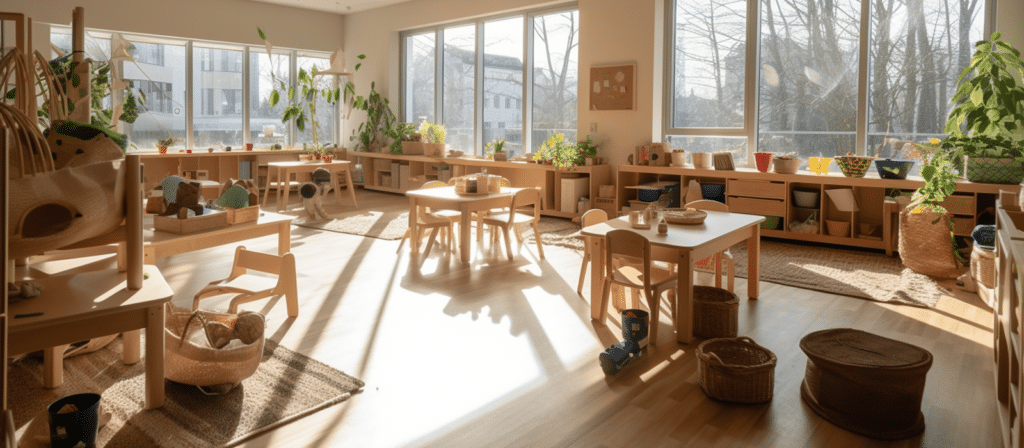
Creating a Welcoming Environment
The first step in setting up a toddler classroom is to create a welcoming and comfortable environment. Soft colors, cozy reading corners, and age-appropriate furniture can help create a warm and inviting space for little ones. It is important to ensure that the furniture and materials are child-sized and easily accessible, allowing toddlers to move around freely and independently.
Organizing the Classroom
In a toddler classroom, organization is key. Clear and labeled storage bins or shelves can help children easily find and put away toys and materials. This promotes independence and teaches them essential skills for tidying up after themselves. Additionally, having designated areas for different activities, such as a reading corner, art station, and sensory play area, can help toddlers understand the purpose of each space and transition between activities smoothly.
Stimulating the Senses
Toddlers learn through their senses, so it is important to create a classroom environment that stimulates their senses. Incorporating a variety of textures, colors, and materials can provide opportunities for sensory exploration. Soft rugs, textured walls, and a sensory table filled with materials like sand, water, or rice can engage their tactile senses. Visual displays, such as pictures of animals or nature, can stimulate their visual senses. Playing soft music or introducing different scents can also enhance their sensory experiences.
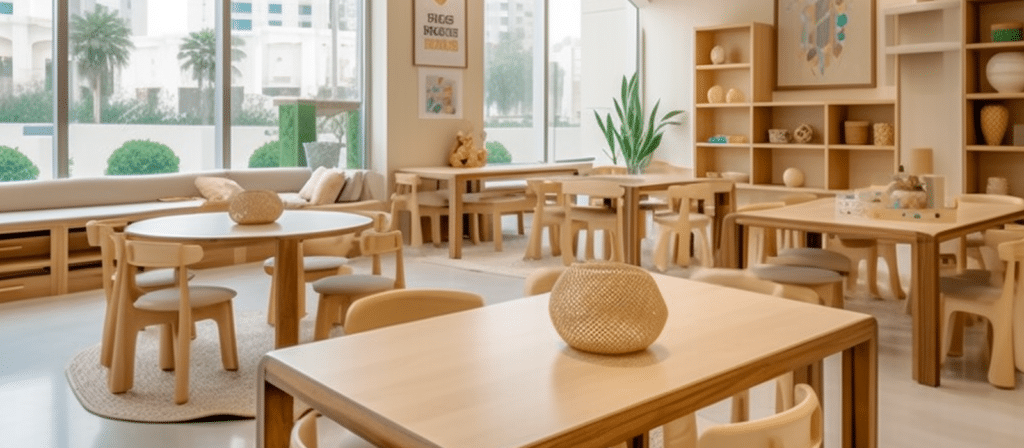
Creating Learning Centers
Setting up learning centers in a toddler classroom can help create a structured environment that encourages exploration and learning. Each learning center should be dedicated to a specific activity or skill, such as a block area, art station, or dramatic play corner. Clearly defining each center with signs or labels helps toddlers understand the purpose of each area and develop a sense of routine.
Safety First
Safety is of utmost importance in a toddler classroom. Ensuring that the space is childproofed and free from any potential hazards is essential. Covering electrical outlets, securing furniture to the wall, and using non-toxic materials are just a few ways to create a safe environment for toddlers. Regular inspections and maintenance should be conducted to ensure the ongoing safety of the classroom.
How should the furniture be arranged?
The furniture in a toddler classroom should be arranged in a way that promotes independence and encourages social interaction. Low tables and chairs should be placed strategically to create small group work areas. This arrangement allows children to interact with their peers comfortably and collaborate on projects.
Additionally, having soft seating areas with cushions and bean bags can provide a cozy and relaxing space for reading or quiet play. It’s important to choose furniture that is child-sized and ergonomically designed to support their growing bodies.
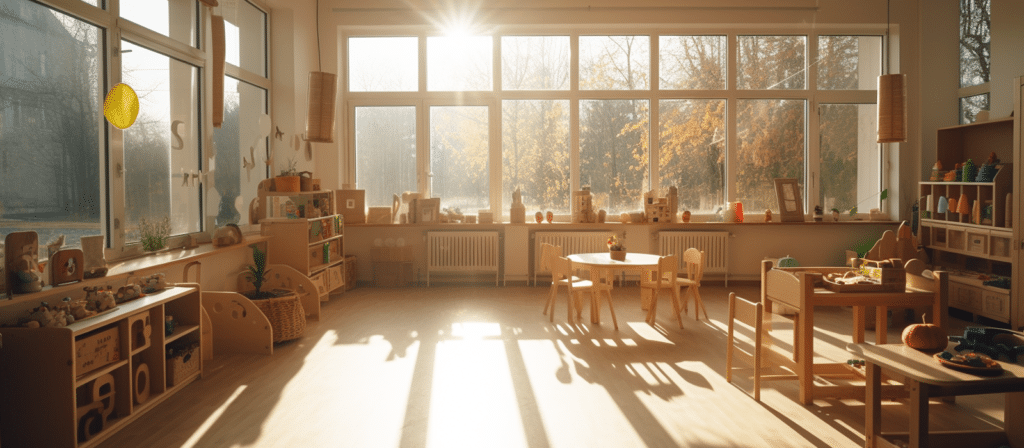
What materials and resources should be available?
A well-equipped toddler classroom should offer a wide range of age-appropriate materials and resources to stimulate learning and exploration. Play-based learning is crucial for toddlers, so having a variety of toys, manipulatives, and art supplies is essential.
Sensory play is particularly beneficial for their development. Providing materials such as sand, water, playdough, and tactile objects allows toddlers to engage their senses and develop their cognitive and motor skills.
Books should be readily available in a cozy reading corner. Choose books with colorful illustrations and tactile elements to engage their attention and foster a love for reading.
Art materials like crayons, markers, paints, and paper should be easily accessible. Art activities promote creativity and self-expression, allowing toddlers to develop their fine motor skills and explore their imagination.
How can the classroom be organized to promote independence?
Promoting independence is an essential aspect of a toddler classroom. Organizing materials and resources in an accessible manner allows children to make choices and take ownership of their learning. Use open shelves and labeled bins to display and store materials. This way, toddlers can see what options are available and independently choose what they want to engage with.
Visual cues such as picture labels or color-coded containers can help toddlers identify and locate materials easily. This empowers them to be responsible for tidying up after their play and helps develop a sense of order and organization.
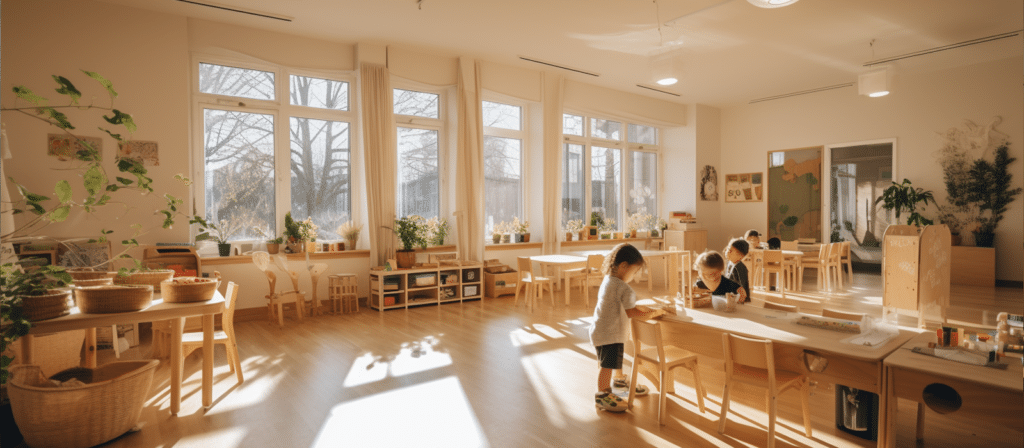
How can the classroom promote a sense of belonging?
Creating a welcoming and inclusive environment is crucial for toddlers to feel a sense of belonging. Displaying photographs of the children and their families can help create a connection between home and school. This also helps children recognize their peers and develop a sense of community.
Personalized spaces for each child, such as cubbies or hooks for backpacks and jackets, can make them feel valued and provide them with a sense of ownership within the classroom.
Cultural diversity should be celebrated and incorporated into the classroom environment. Including books, toys, and materials that represent different cultures and backgrounds helps foster an inclusive atmosphere and teaches children to appreciate and respect diversity.
Fostering a Sense of Community
A toddler classroom should foster a sense of community and belonging. Displaying photographs of the children and their families can help create a familiar and comforting environment. Group activities and circle time promote social interaction and cooperation. Encouraging parents to participate in classroom activities or events can also strengthen the bond between home and school.
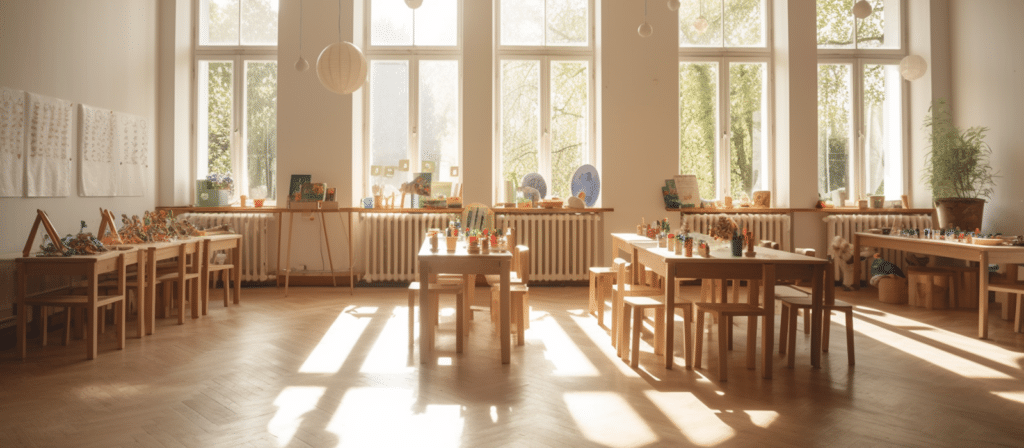
Involving Parents and Caregivers
Parents and caregivers play a vital role in a toddler’s learning journey. Establishing open lines of communication and involving them in the classroom can enhance the learning experience for the child. Providing resources and information about developmental milestones, parenting tips, and suggested activities can empower parents to continue the learning at home. Regular parent-teacher conferences and newsletters can also keep parents informed and engaged in their child’s progress.
Conclusion
Designing a toddler classroom is a rewarding endeavor. It requires thoughtful planning to ensure that the environment aligns with the developmental needs of young children. By prioritizing safety, providing child-sized furniture, creating engaging interest areas, maintaining order, and allowing flexibility, you can set up a toddler classroom that fosters a love for learning and exploration. Remember that a well-designed classroom can have a profound impact on a child’s early educational journey.










